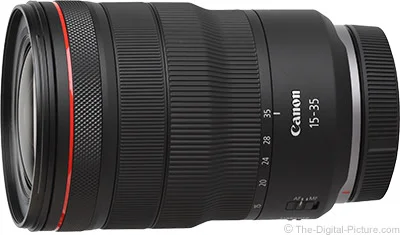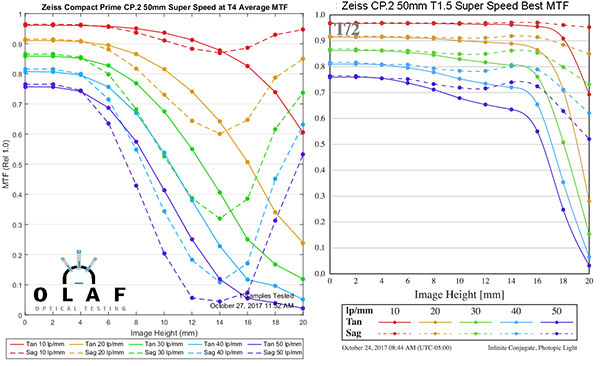But that leads to one question:
If you are right here (R&D on field curvature), why do the RF primes look so well on flat field?
I would assume that Canon R&D would take the same primary IQ goals (field curvature sharpness) for lens design, even though primes and zooms are designed differently.
A well-recognized authority far more knowledgeable than I goes into fairly great detail to explain field of focus at the link in my above comment.
As to why RF primes look so well on flat field:
Because the makers of practically every new lens for the last half decade or so have sold their souls to the gods of the flat test chart. Why? Because most of the masses buying the majority of lenses on the market these days are too ignorant to realize that "sharpest" shooting a flat test chart does not always mean "best" for real world usage.
Upvote
0


